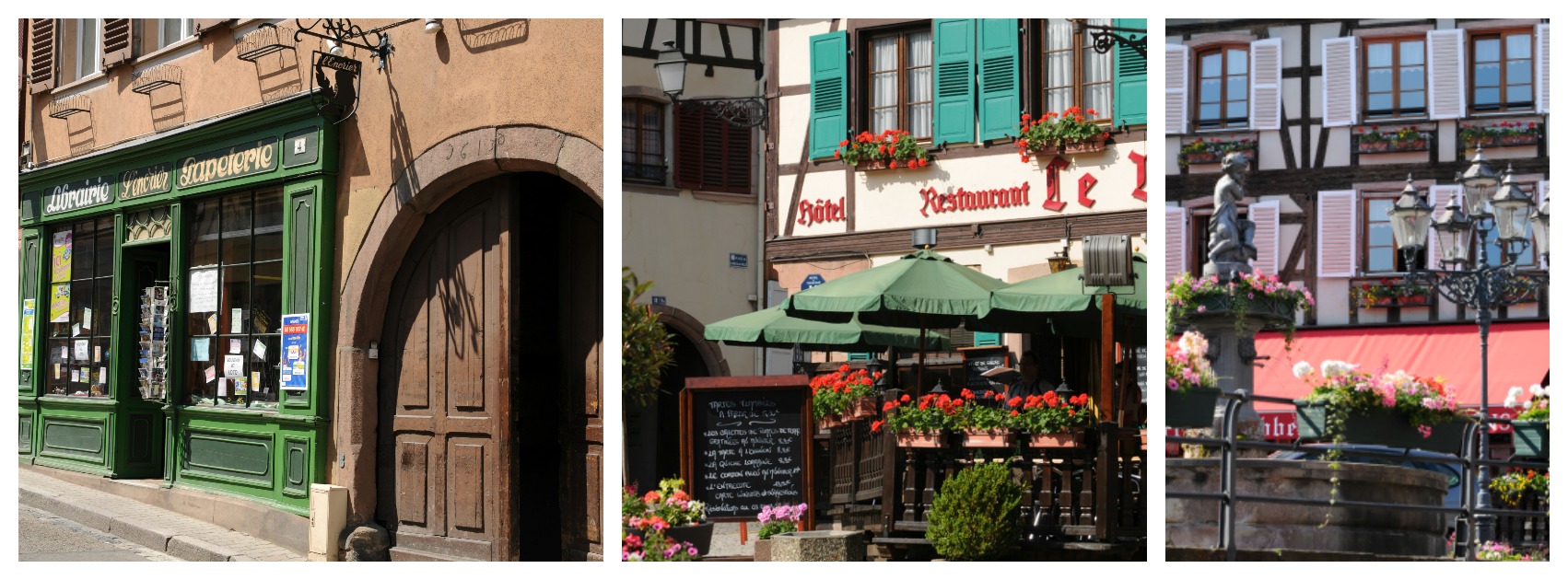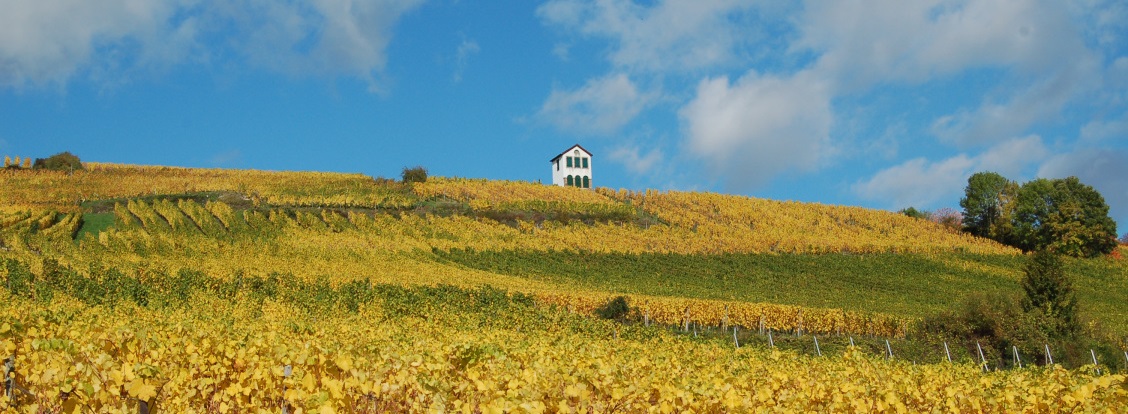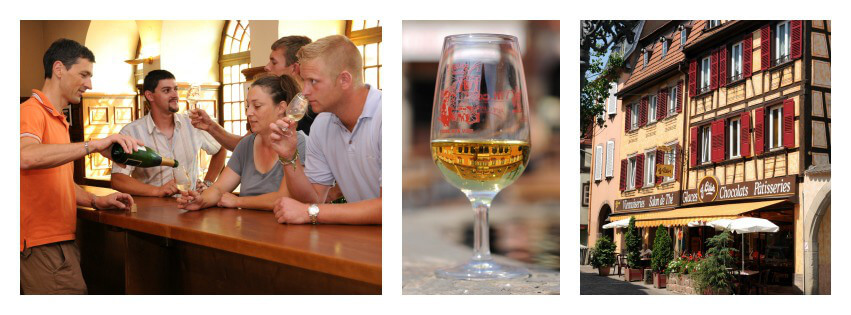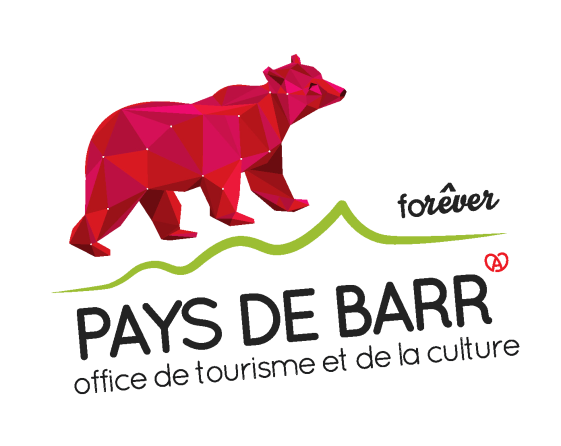Barr, a wine town
 Place de l'Hôtel de Ville de Barr © C. Dumoulin
Place de l'Hôtel de Ville de Barr © C. Dumoulin
This pretty little town with its 7000 inhabitants sits on the wine route, between Obernai and Sélestat and is well worth a visit for its fascinating history.
We start from the place de l’Hôtel de Ville, the main square of the town and THE place to see in Barr, especially if it’s your first time here. The Hôtel de Ville, or town hall, was built on the ruins of an old fortress destroyed by the Devil (absolutely true) and boasts a splendid Renaissance-style façade.
Also on the square :
- The auberge du Brochet, a centuries-old inn which already had great ratings on Tripadvisor back in 1521. Brochet is the French for Pike and you’ll notice that all the auberges in the town are named after animals.
- The Child with a Conch fountain shows a child having fun listening to gossip and other stories about the town. Prick up your ears, you never know, you might hear something tasty!

Go up to the fountain and look around – can you see the clock tower? It’s part of the Protestant church, built on the heights of the town, right next to the vineyards. You can walk up the steps to get to it and when you arrive, opposite you, you’ll see the Kirchberg, the hill which gives its name to an Alsace Grand Cru wine. It’s a wine you have to taste, just go to a local producer and find out for yourself. The view from here is well worth a photo.
I suggest we go back to the town centre along the sentier des Amandiers, a pleasant little walk along a tree-lined road, past a pretty, flower-filled private garden.

A town in the vineyards
Now we’re back in the town, we can see on our right vineyards stretching out towards the forests of the Vosges and on the left, the beginning of rue Neuve, one of the oldest streets in the town (yes, it really is called rue Neuve - new road!). The street dates back to the Middle Ages and got its name when it was one of the first to be rebuilt after a major fire in the 17th century. Let’s go down rue Neuve and see some of the brightly-coloured half-timbered houses.
Before we return to our starting point, let’s pop into a special place, a private courtyard which can be reached from this street. The courtyard is arranged around two houses, one of which is typical of the vineyards, with a stone lower floor and a timbered upper floor. Look up and you’ll see the Schreckkopf looking down on us. What, you may ask, are the Schreckkopf? They’re actually two heads, one a devil’s and the other an angel’s, both carved into the wood to keep evil away and protect the house. And who said the Alsatians weren’t superstitious?
A few suggestions if you still have a bit of time left :
- The domaine Hering where you can ask to taste a Grand Cru Kirchberg wine
- The Oster patisserie where you’ll find mouthwatering cakes and tarts

So, you’re convinced ?
- By history that can be really interesting
- By great places for eating and drinking
- By a friendly town with its own little greens near the centre
